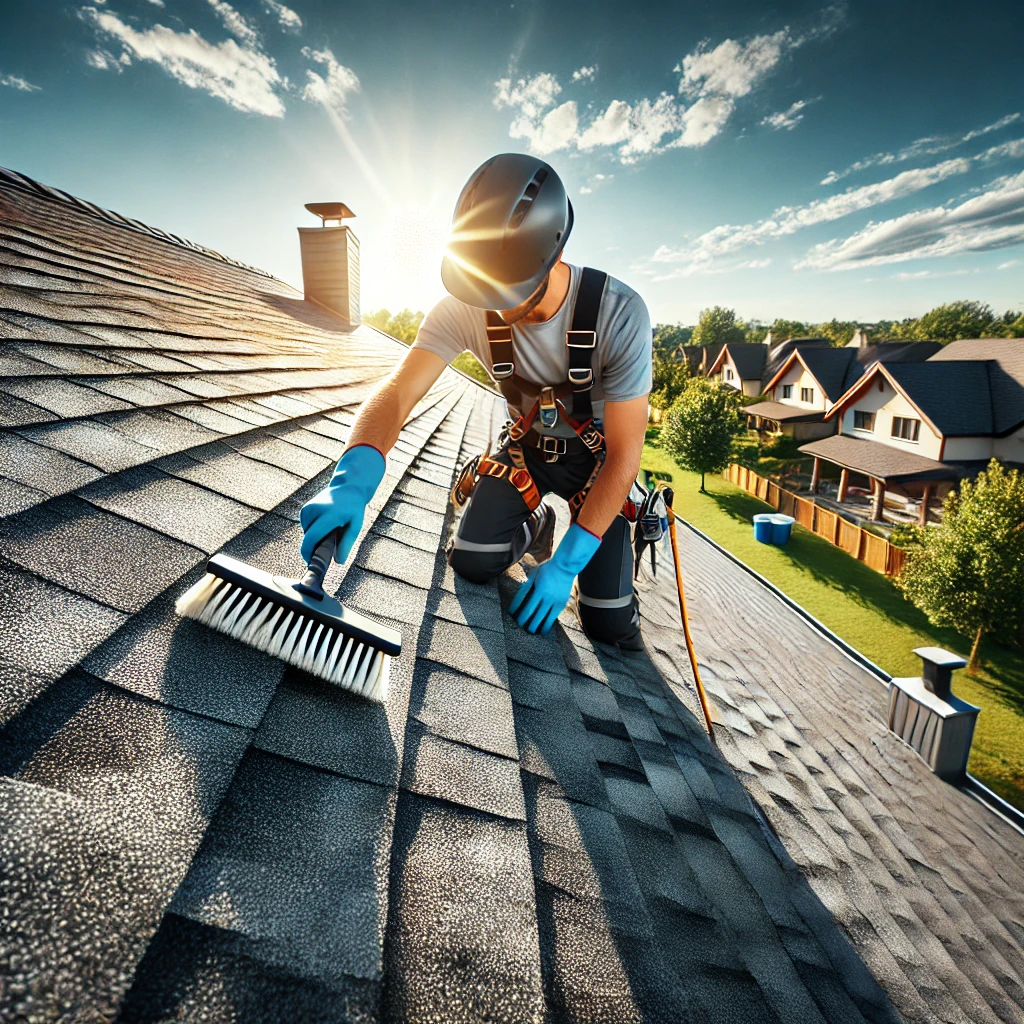How to Clean and Maintain Your Roof
Maintaining your roof is crucial for the longevity of your home. A well-maintained roof not only enhances the aesthetic appeal of your house but also protects it from the elements. Regular cleaning and maintenance can prevent costly repairs and extend the life of your roof. Here's a step-by-step guide on how to clean and maintain your roof effectively.
1. Safety First
Before starting any roof maintenance, ensure you have the necessary safety equipment:
- Ladder: Use a sturdy, extendable ladder with a stabilizer.
- Safety Harness: Wear a safety harness if working on a steep roof.
- Non-Slip Shoes: Ensure your shoes have good traction.
- Protective Gear: Use gloves and safety goggles to protect your hands and eyes.

2. Inspect Your Roof
Regular inspections can help you spot potential issues before they become major problems.
- Check for Debris: Look for leaves, twigs, and other debris that may have accumulated in gutters and roof valleys.
- Inspect Shingles: Look for missing, cracked, or curling shingles.
- Examine Flashing: Check the metal flashing around chimneys, vents, and skylights for signs of rust or damage.
- Look for Moss and Algae: These can cause damage if left unchecked.
3. Cleaning Your Roof
Cleaning your roof helps prevent moss, algae, and debris buildup, which can lead to damage.
- Clear Debris: Use a leaf blower or broom to remove loose debris. Be gentle to avoid damaging shingles.
- Remove Moss and Algae: Mix a 50/50 solution of water and bleach, apply it to affected areas, and let it sit for 15-20 minutes. Gently scrub with a soft-bristle brush and rinse with a garden hose.
- Gutter Cleaning: Clean your gutters to prevent water backup, which can damage your roof. Scoop out debris with a gutter scoop and rinse the gutters with a hose.
4. Perform Necessary Repairs
After cleaning, inspect your roof for any damage that needs repair.
- Shingle Replacement: Replace any damaged or missing shingles. Use roofing nails and adhesive to secure them.
- Flashing Repairs: If flashing is damaged, remove the old material and replace it with new flashing. Seal it with roofing cement to prevent leaks.
- Seal Cracks: Use a roof sealant to fill in any cracks or gaps in shingles or flashing.
5. Preventive Measures
To extend the life of your roof, consider these preventive measures:
- Trim Overhanging Branches: Trees can drop leaves, branches, and other debris onto your roof, causing damage. Trim branches that hang over your roof.
- Install Zinc Strips: Zinc strips can help prevent the growth of moss and algae. Install them near the ridge of your roof.
- Ensure Proper Ventilation: Adequate ventilation prevents heat and moisture buildup, which can damage shingles and roofing materials.
6. Schedule Regular Professional Inspections
While DIY inspections and maintenance are important, it's also crucial to have your roof professionally inspected at least once a year. Professionals can spot issues that might be missed during a DIY inspection and can provide specialized services such as deep cleaning or more extensive repairs.
Conclusion
Regular cleaning and maintenance of your roof are essential to protect your home from the elements and prolong the life of your roofing materials. By following these steps, you can ensure your roof remains in good condition, saving you money on costly repairs in the long run. Remember, safety is paramount, so don't hesitate to contact a professional if you're unsure about handling certain tasks yourself.
 Cleaning Services
Cleaning Services